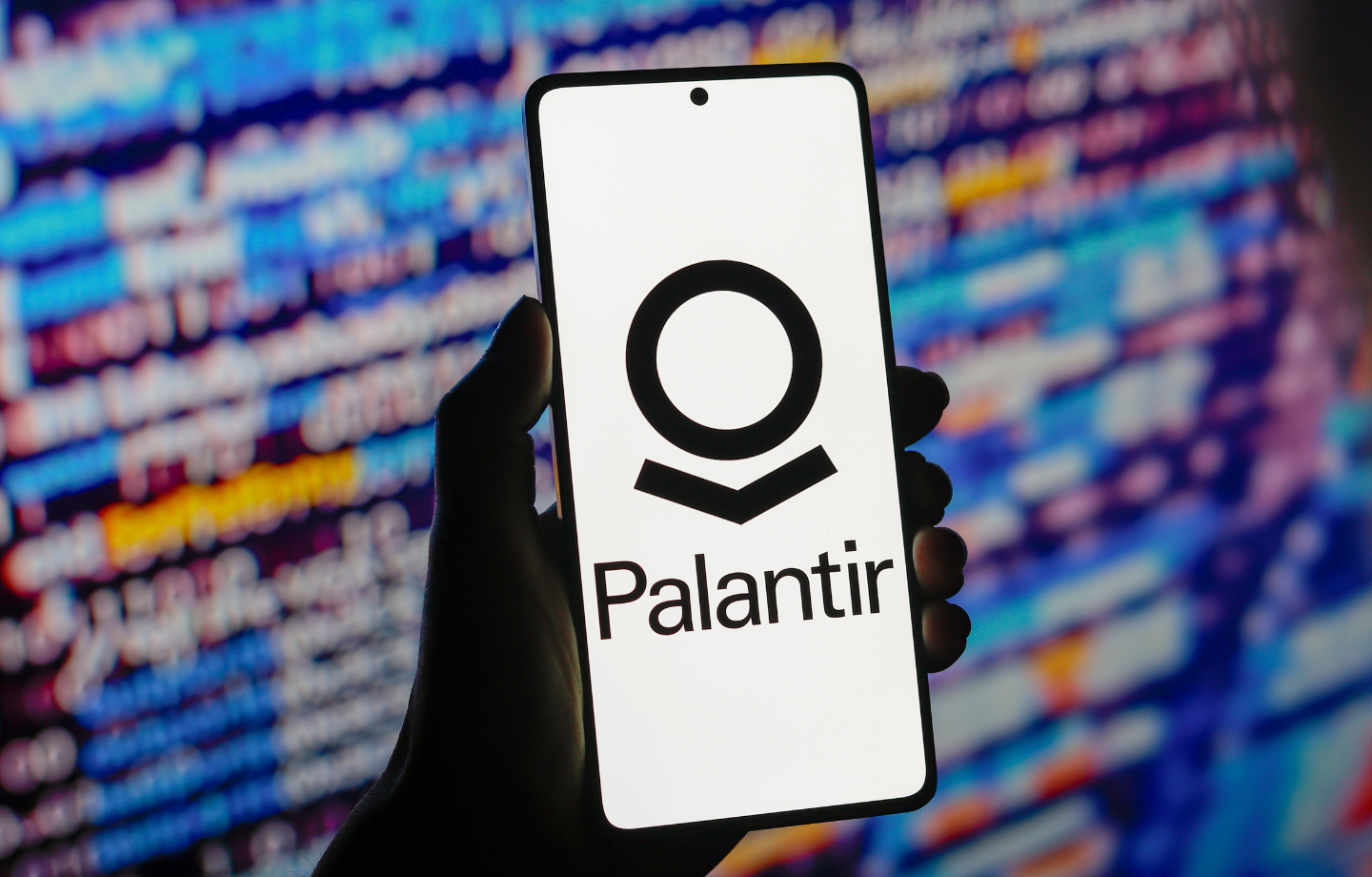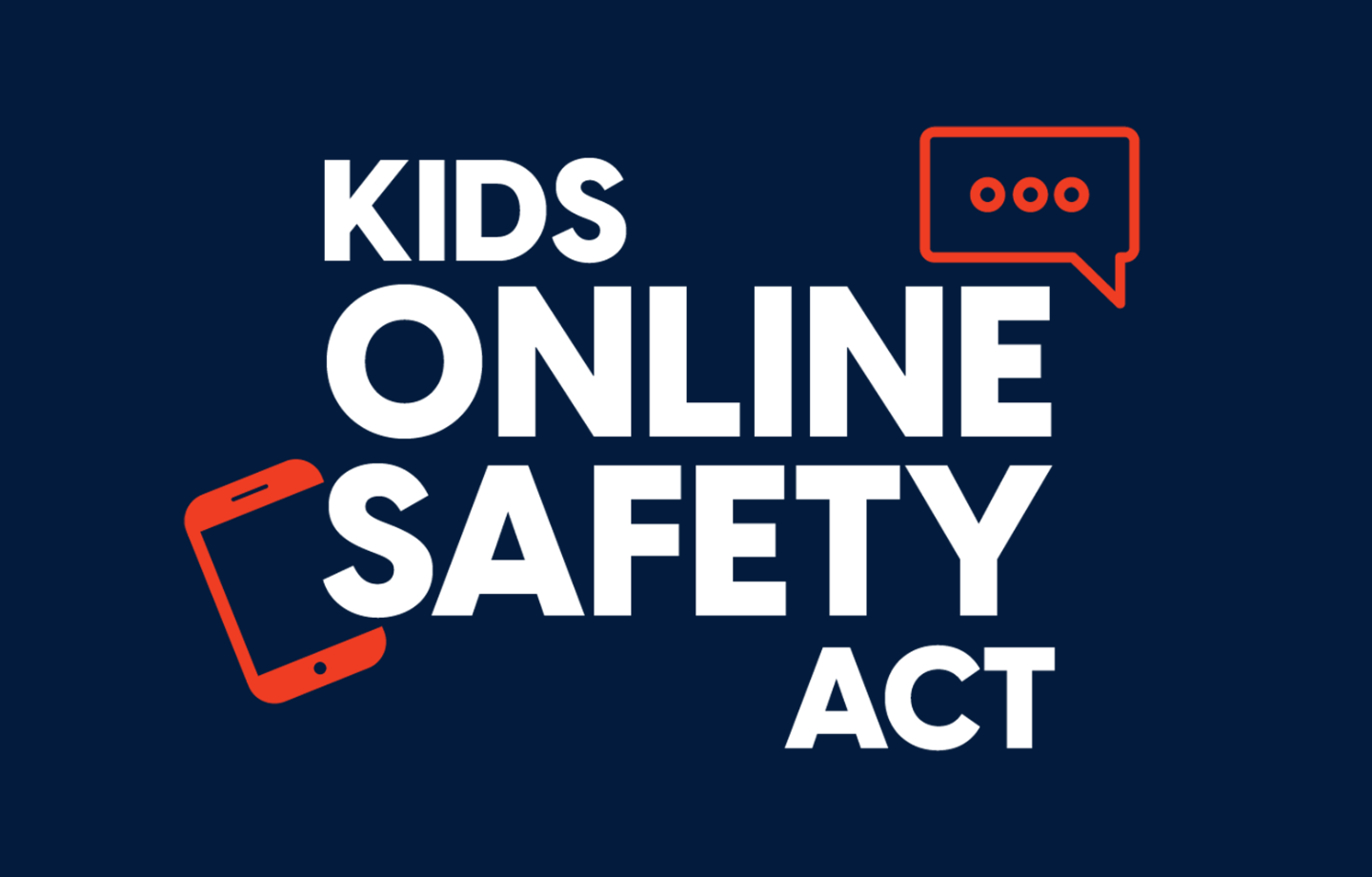Why We Need to Return to the Question of the Effects of Violent Video Games

June 28, 2024
Troubling social phenomena—such as a spike in mass shootings—stem from a multitude of interrelated factors. Reality is complicated; humans are complicated. But in an effort to condense findings for a general audience, make headlines, or both, the scientific community sometimes issues authoritative-sounding statements that muddle, rather than clarify, public understanding. This is the case with potential links between video games and violence.
In 2020, the American Psychological Association (APA) released a statement declaring, “There is insufficient scientific evidence to support a causal link between violent video games and violent behavior.” The statement is reasonable when read carefully, with particular attention to the phrase “insufficient scientific evidence.” But mainstream news outlets and even some researchers and medical professionals have interpreted the statement as saying that there is no causal relationship between video games and violence. This is an incorrect interpretation because it adds certainty to the statement that is not actually there. Instead, the takeaway should be that it is unclear based on experimental research whether, or to what extent, violent games facilitate offline violence. As then-APA President Sandra L. Shullman highlighted in 2020, “Violence is a complex social problem that likely stems from many factors that warrant attention from researchers, policymakers and the public.” Still, one of these many factors could be participation in violent-themed video games, especially those in which racist and other hate-based rhetoric is endemic.
Research on multiplayer online games indicates that extremist statements and hate-based harassment are prevalent in many gaming communities. In a representative survey commissioned by our Center, 51% of multiplayer gamers reported that they had come across extremist narratives—statements like, “violence against women is justified” and “a particular ethnicity should be eliminated”—while playing multiplayer games during the previous year. Other researchers have suggested that the sustained prevalence of extremism in games has led to its normalization. Moreover, a pattern of real-world incidents involving mass shootings by young men who were also devoted gamers—and who used gaming aesthetics in their “gamified” acts of violence—suggests that, in some cases, participation in gaming communities contributes to radicalization. These findings and real-world observations ought to figure in the conversation about video games and violence.
The point is not to revive a moral panic around video games. The vast majority of the billions of people worldwide who play online games do not engage in mass violence. Moreover, given how widespread gaming is among young people—around 70% of US children under 18 play video games regularly—there is a high probability that the few young people committing violence would also be gamers.
The problem is also not with the medium itself. Video games come in many varieties, and some are designed to increase empathy and positive social behavior. The issue is that certain popular video games—and the communities surrounding them—have helped to normalize racist, misogynist, and other hate-based ideologies among gamers. Participation in such toxic online environments, when combined with preexisting vulnerabilities and access to firearms, can lead to offline violence. It is not a simple causal story but one that deserves careful examination and nuanced reporting.
 Technology & Democracy
Technology & Democracy


